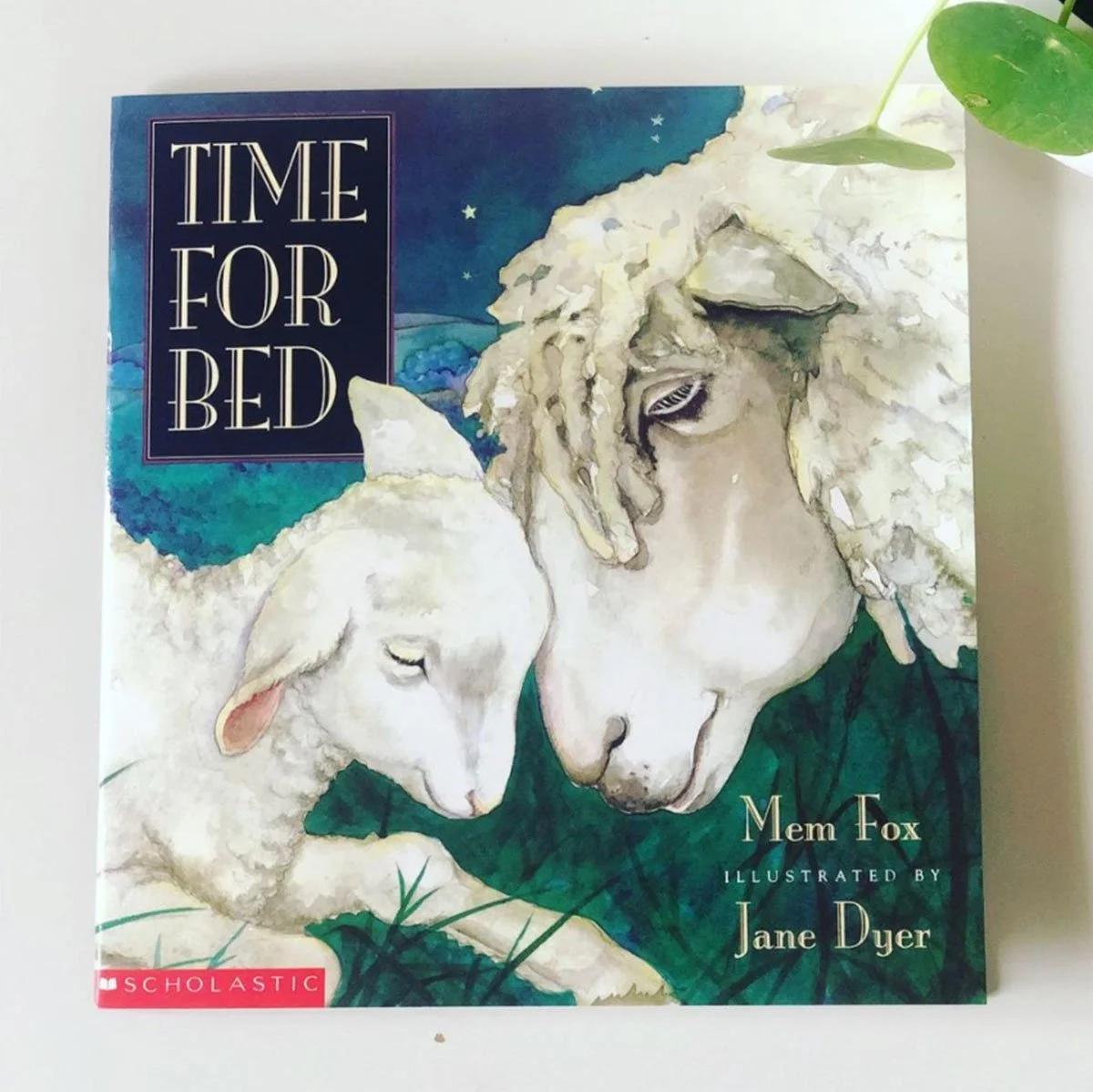Rhyming Books
Selecting books which have lots of rhyming words is a great way to introduce the idea of RHYME 🥳
This beautiful book, written by Mem Fox, had lots of opportunities to introduce rhyme - 🐑😴
📚 Talk to your child about how rhyming words have the same ending - making them sound similar!
📚When reading rhyming books, put emphasis (🗣) on the words which rhyme - Examples from this wonderful book include, “Its time to sleep little PUP, little PUP, if you don’t sleep soon the sun will be UP” or “it’s time for bed little SHEEP, little SHEEP, the whole wide world is going to SLEEP”.
📚 Start the conversation - “Can you hear that WISH and FISH have the same ending?”
📚 Give a reminder that there are rhyming words coming up!
📚 Once the concept is understood.. Ask - “Do the words calf and laugh rhyme?” or “can you think of a real or made-up word that rhymes with mat?”.
Need some ideas for rhyming books? Here is a little list of some of my favourites 🥰
Mr Mcgee 🕺🏼- Pamela Allen
Cat in the hat 🧢 - Dr Seuss
The Gruffalo - Julia Donaldson
Time for bed 🛌 - Mem Fox
Between the ages of 3-4 years old, children should start engaging in rhyming books and games. By the start of a child’s first year at mainstream school, they should be able to match and generate their own rhyming words.
Happy reading! 🥰

